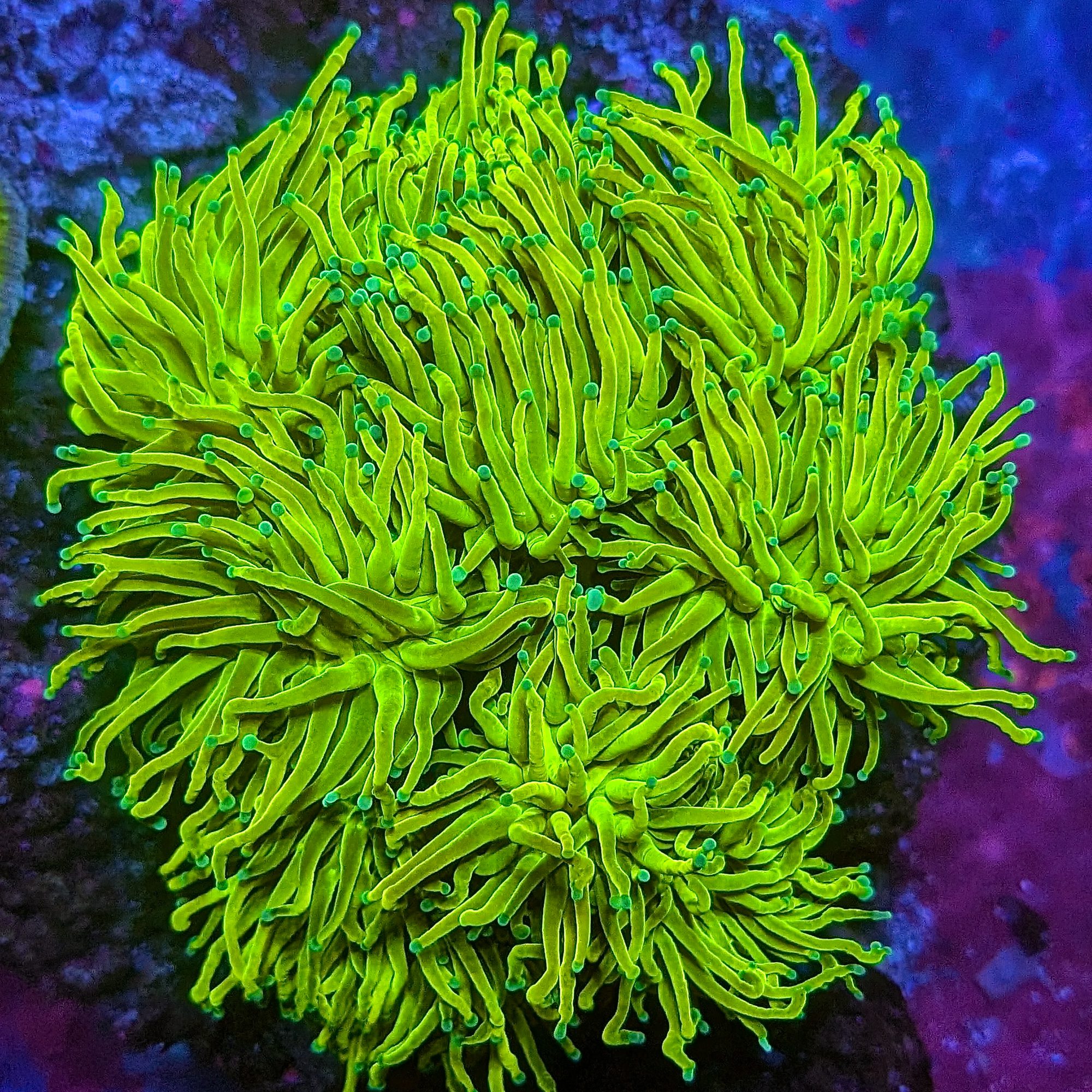First, I think it’s important to note, this is a simple summary of how we manage our Alkalinity & Calcium. By no means is this the only way manage the Calcium & Carbonate needs of a Reef.
Consistency is something we all strive for in our reef, but there are different ways of achieving consistency. When it comes to Calcium and Alkalinity, we focus on providing a consistent, maintainable feeding or dosing frequency, creating a consistent cycle, rather than aiming to maintain consistent levels.
For most reefers we recommend a frequency of 1x per week dosing.
Once per week (aiming to do it on same day each week of course), we test our Calcium & Alkalinity.
| Alkalinity (dKH) | Calcium (ppm) | |
| Dose To: | 8.5 | 450 |
| Low @ | 8.1 | 410 |
If Neither is Low – Do nothing – Wait another week before testing again.
If Either or both are low, Replenish with a dose calculated to target the “Dose To” Amount on the chart above. There are several ways to go about dosing, which you can learn more about Dosing Alkalinity & Calcium.
I think its worth noting that when we test we are usually getting numbers between 6.8 and 7.3, sometimes lower on Alkalinity, and 370-400 Calcium, and in fact that is what we want to see, as the lower the number, the more consumption occurred since the last dose. So, when we get test results closer to our “Dose To” or Target numbers, that is actually the result of a lack of photosynthesis taking place, and our first indicator that we need to investigate what is limiting photosynthesis.
If We were automatically dosing our tanks, even if we were still executing weekly tests, by the time we tested and discovered that photosynthesis had ceased, our tanks would be Overdosed, instead of simply remaining in their target concentrations, further contributing to the stress factors on the coral. Calcium at elevated levels become increasingly hard for corals to extract from the water column, making it even harder on a struggling coral, and overdosed alkalinity can lead to burned coral tips.
If you’ve never managed Alkalinity and Calcium, you will find this practice will take a few weeks to “get up to speed”, and it may be several weeks before you need to dose any calcium, don’t be discouraged, and don’t be tempted to overdose to get things going, trust in the protocol, and keep testing, because the week it finally moves, it will really start moving, and if you’re not reacting with it, it will be a short lived growth spurt.


